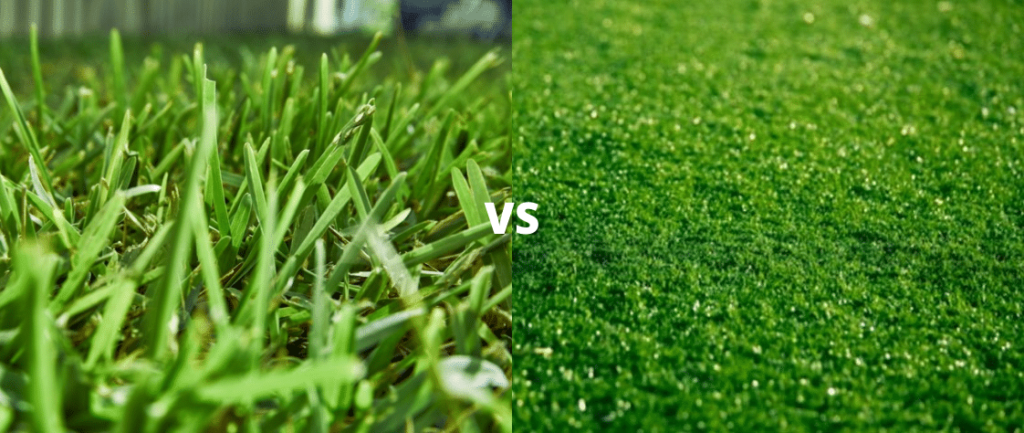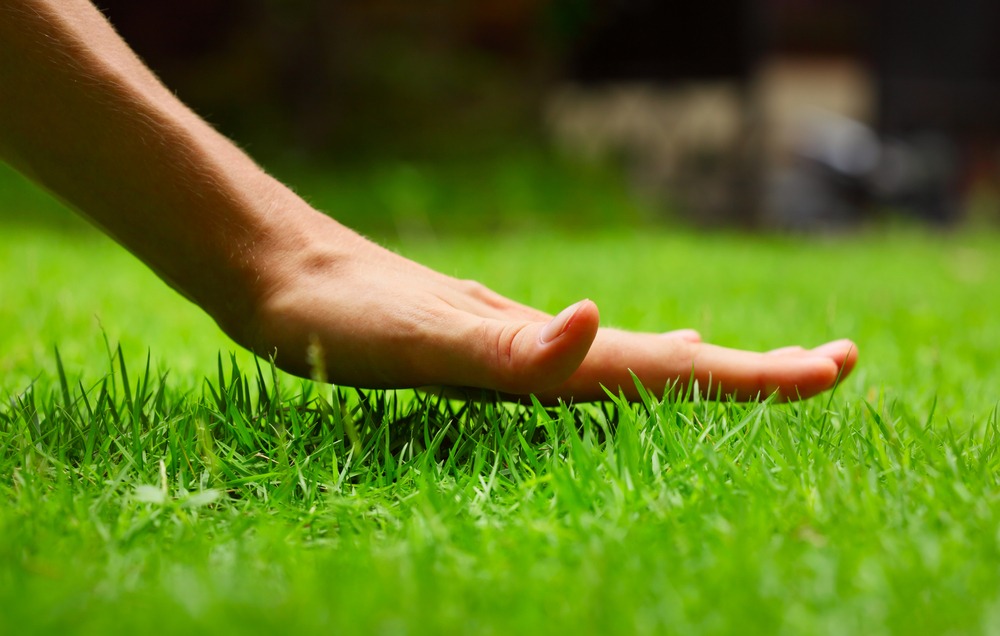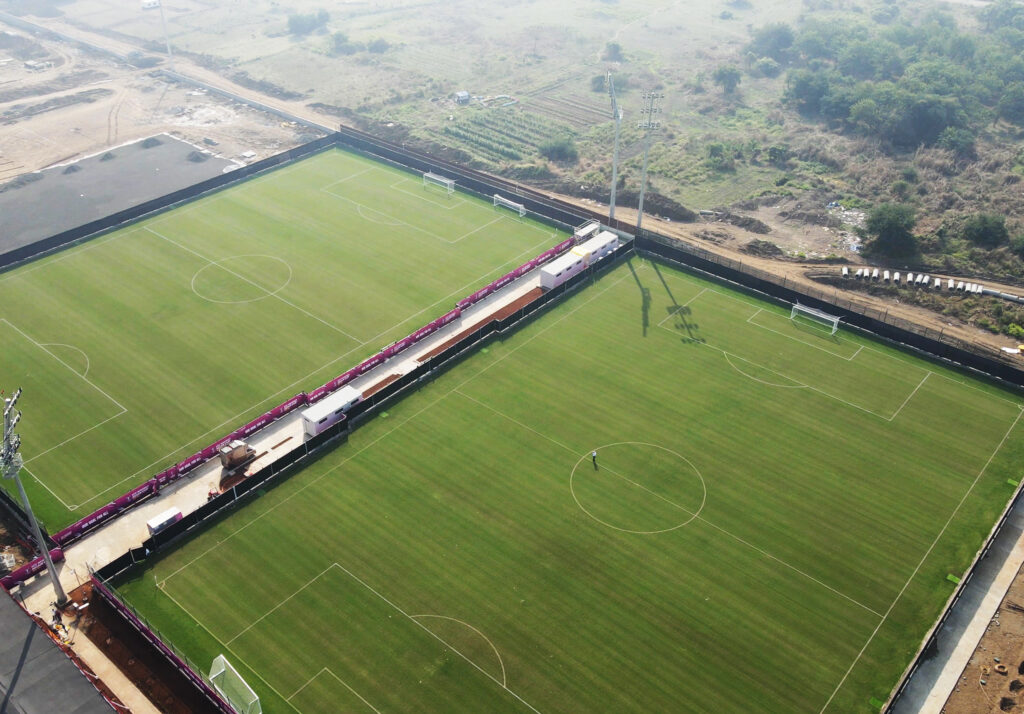
Sports grounds are an important part of communities and provide a space for people to stay active and engaged. When it comes to choosing the type of surface for a sports ground, there are two main options: natural turf or artificial grass. Each option has its pros and cons, and it’s important to consider these factors before making a decision.
Maintenance:
Natural turf requires ongoing maintenance such as mowing, watering, fertilizing, and pest control. This can be time-consuming and expensive, and it may not be feasible for some organizations or communities. In contrast, artificial grass requires little maintenance beyond regular cleaning and brushing to keep the fibers standing upright.

Performance:
Natural turf has a soft texture and provides good traction for athletes, but it can become worn and uneven over time. On the other hand, artificial grass is designed to be durable and can withstand heavy use and harsh weather conditions. However, some athletes prefer the feel of natural turf and find that it offers better shock absorption.
Cost:
The cost of installing natural turf can vary widely depending on factors such as soil conditions and the type of grass used. In addition, ongoing maintenance costs such as watering, fertilizing and pest control can add up over time. In contrast, the upfront cost of installing artificial grass is typically higher, but there are no ongoing maintenance costs to consider.
Environmental Impact:
Natural turf requires a significant amount of water to stay healthy, which can be a concern in areas with water shortages or drought conditions. In addition, pesticides and fertilizers used to maintain natural turf can have environmental consequences. Artificial grass, on the other hand, does not require watering or chemicals for maintenance, but it is made from plastic and is not biodegradable.

Safety:
Both natural turf and artificial grass can be safe for athletes, but there are some concerns associated with each surface. Natural turf can become slippery when wet, which can increase the risk of injury. Artificial grass, on the other hand, can become hot in direct sunlight, which can be uncomfortable for athletes and increase the risk of heat-related illness.
Conclusion:
Choosing between natural turf and artificial grass for a sports ground requires careful consideration of the factors outlined above. Each option has its pros and cons, and the decision ultimately depends on the specific needs and priorities of the organization or community responsible for the sports ground. By carefully weighing the options, it is possible to choose a surface that provides a safe and enjoyable experience for athletes while also being sustainable and cost-effective.
.
.
.
.
To know more about Sports Grounds Construction, please contact
info@ipi-india.com
https://www.ipi-india.com/sports-field-construction.php
Our previous articles related to sports field:
5 Things to know before building a new Sports Grounds